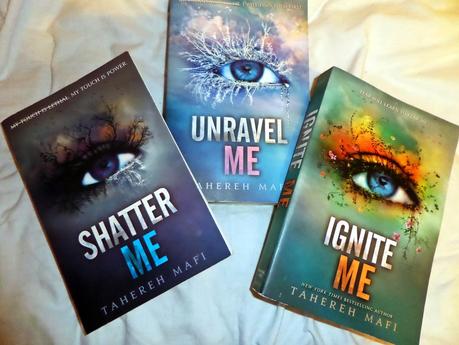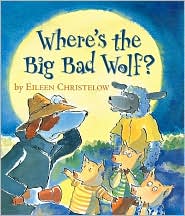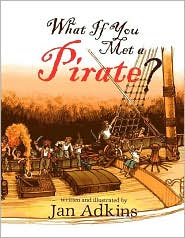
TITLE: Dorothy Must Die
AUTHOR: Danielle Paige
PAGES: 464 pages (sequel: The Wicked Will Rise)
GENRE: Fantasy
OVERALL RATING: 2/5
APPROPRIATE AGE: High School, there is a lot of unnecessary language
SUMMARY: Everyone knows the story of Dorothy and her trip to Oz, but everyone also knows how the story ends: Dorothy flew home with Kansas with the Wizard in a hot air balloon. In comes Amy, another girl from Kansas with a pathetic trailer park life. One day a tornado comes, picks up her doublewide and drops her off in Oz, or what is left of Oz. Everything from the story has changed. Dorothy came back, became Princess and is hoarding all the magic out of Oz. The Scarecrow, Cowardly Lion, and the Tin Man are now her evil henchman. Even the beautiful Glenda is taken the Munchkins into slavery to help drill magic out of the land. When Amy walks into this un-fairytale, she joins forces with the Wicked Witches and the only thing she knows is DOROTHY MUST DIE!
PAGES: 464 pages (sequel: The Wicked Will Rise)
GENRE: Fantasy
OVERALL RATING: 2/5
APPROPRIATE AGE: High School, there is a lot of unnecessary language
SUMMARY: Everyone knows the story of Dorothy and her trip to Oz, but everyone also knows how the story ends: Dorothy flew home with Kansas with the Wizard in a hot air balloon. In comes Amy, another girl from Kansas with a pathetic trailer park life. One day a tornado comes, picks up her doublewide and drops her off in Oz, or what is left of Oz. Everything from the story has changed. Dorothy came back, became Princess and is hoarding all the magic out of Oz. The Scarecrow, Cowardly Lion, and the Tin Man are now her evil henchman. Even the beautiful Glenda is taken the Munchkins into slavery to help drill magic out of the land. When Amy walks into this un-fairytale, she joins forces with the Wicked Witches and the only thing she knows is DOROTHY MUST DIE!
WHAT I LIKED: I was really excited about this book. Who doesn't love the Wizard of Oz? Dorothy, her fun companions and the beautiful Glenda. Sure this book has all the same characters, but that is about where the similarities end. It made me think of the book: Splintered by A.G. Howard.
WHAT I DIDN'T LIKE: Following the Yellow Brick Road with Amy made me think more of the 1985 creepy sequel to the movie: Return To Oz with Fairuza Balk. All of the beloved characters were made morbid. The Scarecrow is now an evil scientist who tortures people and makes weird experiments out of them. The Cowardly Lion goes town to town sucking the fear out of people to make himself bigger.Overall, it completely ruined any happy memories of the movie from my childhood.
READALIKES: Wizard of Oz by L. Frank Baum
BOOK TRAILER: Official Book Trailer by Harper Teen





